US record migration: Teachers face language barriers
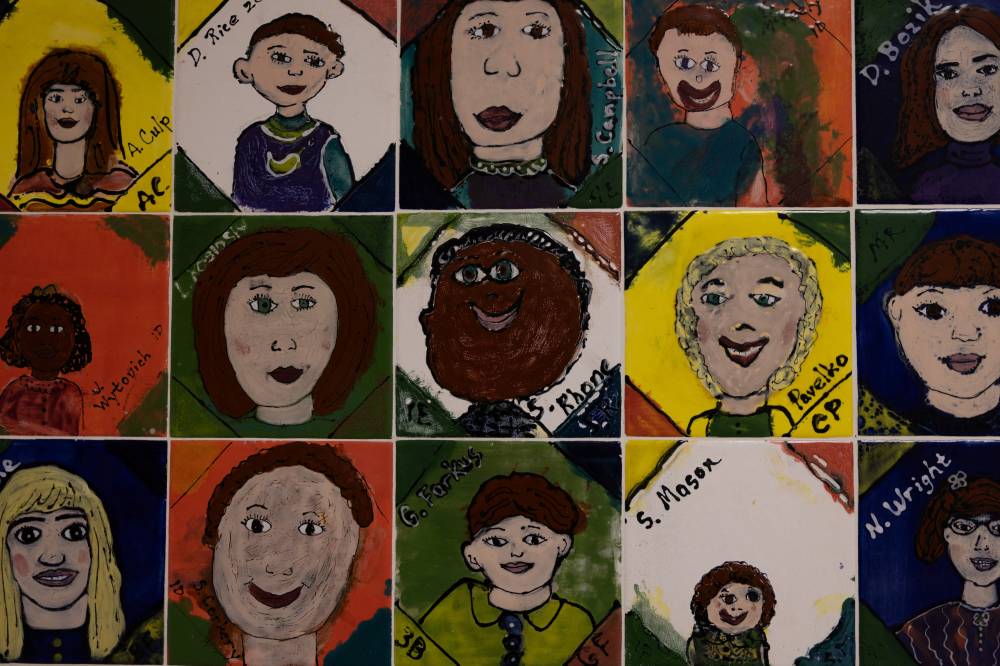
(First of two parts)
CHARLEROI, PENNSYLVANIA—Dana Smith had been teaching first grade at the public school in the small Pennsylvania town of Charleroi for more than 16 years when she found herself confronting a new challenge last year: a sharp rise in students from Haiti who did not speak English.
She started using a phone app to translate lessons, but the constant pauses for translation frustrated her. She wondered if she was hindering the learning of American students who knew some of the basics she was reviewing, a complaint raised by a vocal segment of parents in the district.
“It was very stressful,” she said. “We never know when we’re going to get new ones coming in, where their levels are, how adjusted they are to this culture. The unexpected.”
Half a million
More than half a million school-age migrant children have arrived in the United States since 2022, according to immigration court records collected by Syracuse University, exacerbating overcrowding in some classrooms, compounding teacher and budget shortfalls, forcing teachers to grapple with language barriers and inflaming social tensions in places unaccustomed to educating immigrant students.
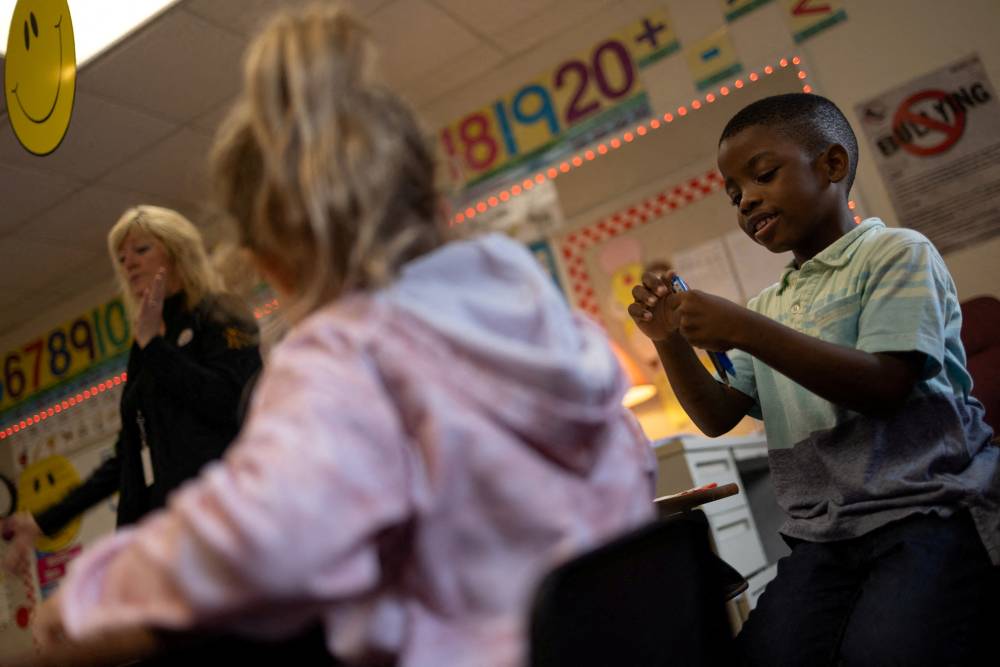
To gauge the impact of immigration on public schools across the United States, Reuters sent a survey to more than 10,000 school districts. Of the 75 school districts that responded, serving a total of 2.3 million children, or about 5 percent of the public school population, a third said the increase in immigrant children had a “significant” impact on their school district.
While not exhaustive, the Reuters survey, the first by a media organization, offers the most extensive view to date of how US public schools are grappling with record migrant arrivals across the southern border.
From Texas to Alaska
The responses spanned school districts across 23 states, from Texas to Alaska, and include the largest urban district of New York City as well as the tiny and rural Hot Springs Elementary School District in southern California, with just 16 pupils.
Forty-two districts said they had hired more English as a Second Language (ESL) teachers and consultants. Fifteen districts described difficulties communicating with parents or a lack of interpreter services.
“Textbooks are not in their language. Resources are not easily available. Google Translate does not work that great,” the Springfield City school district in Ohio said in its response to the survey conducted between late August and late September.
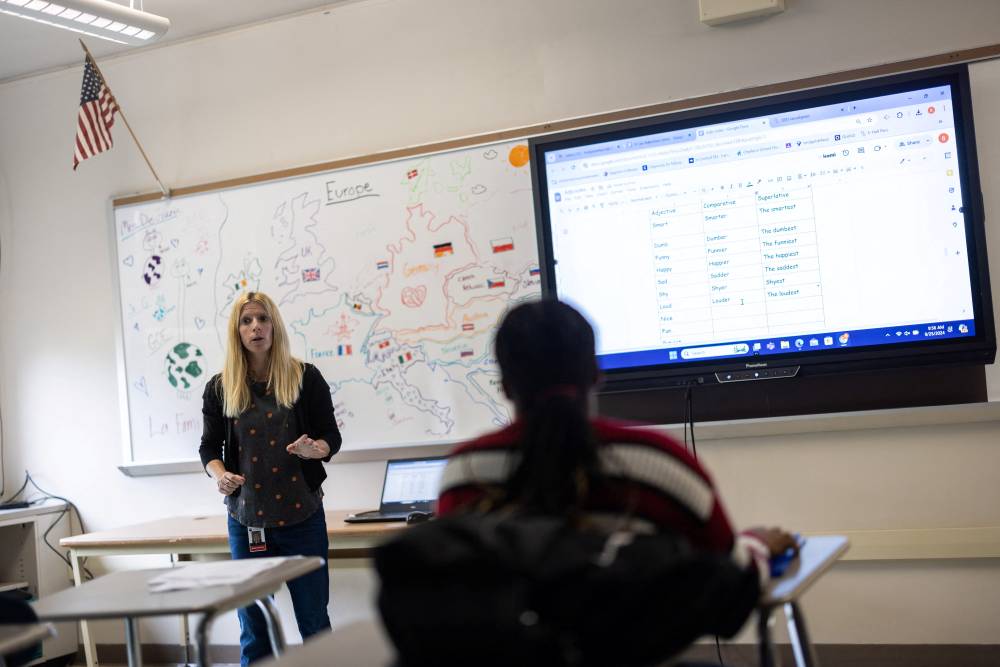
Republican candidate Donald Trump has made immigration a top talking point in the Nov. 5 presidential election, blaming his Democratic opponent, Vice President Kamala Harris, for record numbers of migrants illegally crossing the US-Mexico border during President Joe Biden’s administration.
Trump also faults Harris for a Biden program launched in late 2022 that allowed legal entry to 530,000 Haitians and others with US sponsors.
At a rally in Arizona last month, Trump used Charleroi, a town an hour south of Pittsburgh, as an example of the negative impacts of immigration.
About 2,000 immigrants, including about 700 Haitians, live in the town with many arriving in the last few years, according to Charleroi Borough Manager Joe Manning, swelling a population that declined from over 11,000 a century ago to 4,200 in the 2020 census.
“Charleroi, what a beautiful name, but it’s not so beautiful now,” Trump told supporters. “The schools are scrambling to hire translators for the influx of students who don’t speak, not a word of English, costing local taxpayers hundreds of thousands of dollars.”
Washington County, where Charleroi is located, backed Trump over Biden in 2020 by 23 percentage points, symbolizing a part of the rural vote that could help Trump win Pennsylvania, the most important of the election battleground states that could decide control of the White House.
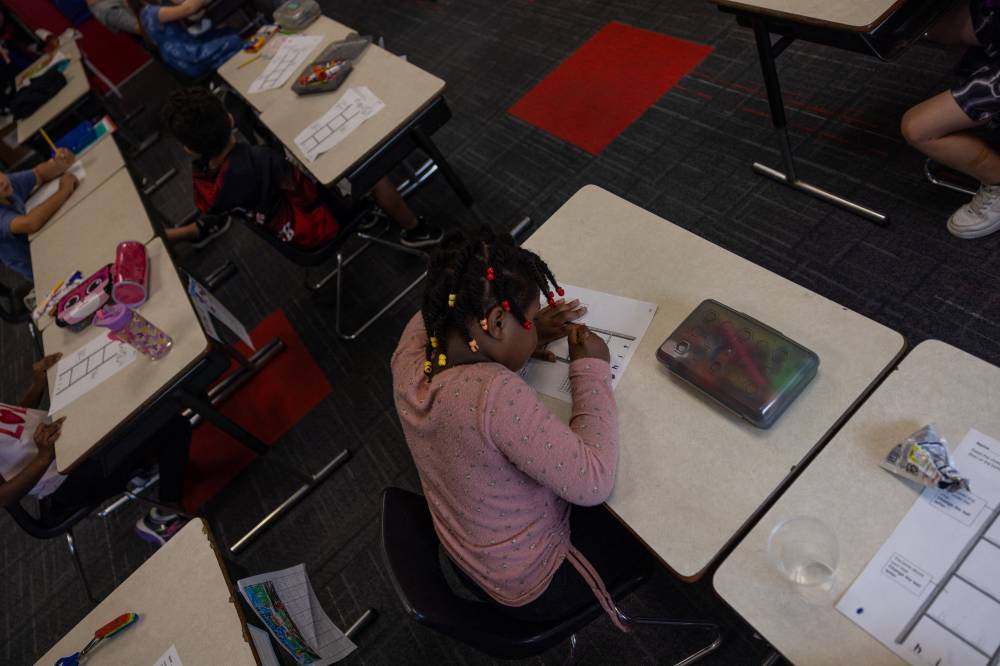
The vast majority of Haitians arriving in the United States since 2023 entered legally or are eligible to remain and seek work permits through the Temporary Protected Status program.
While Trump has derided a wide range of immigrant groups throughout his political career, he has taken particular aim at Haitians, questioning while president in 2018 why the United States would accept Haitians and immigrants from “shithole countries” in Africa.
To the forefront
He thrust immigration to the forefront of a Sept. 10 debate with Harris when he repeated a claim that Haitian immigrants were eating pets in Springfield, Ohio. Public schools and other city buildings in Springfield received bomb threats after the debate.
Amy Nelson, an assistant principal in the Charleroi school district, said the school has not received direct threats but she is concerned about anti-Haitian posts in a local Facebook group, including a repost of a purported Ku Klux Klan group describing Haitians in Springfield in derogatory terms and calling on Americans to “stand against forced immigration.”
In response to a Reuters request for comment about the effects of migration on schools, a campaign spokesperson pointed to Trump’s remarks at a Sept. 23 rally in Pennsylvania.
“It takes centuries to build the unique character of each state,” Trump said at the time. “Reckless migration policy can change it very quickly.”
The Harris campaign touted $130 billion directed to schools under Biden’s 2021 economic stimulus package.
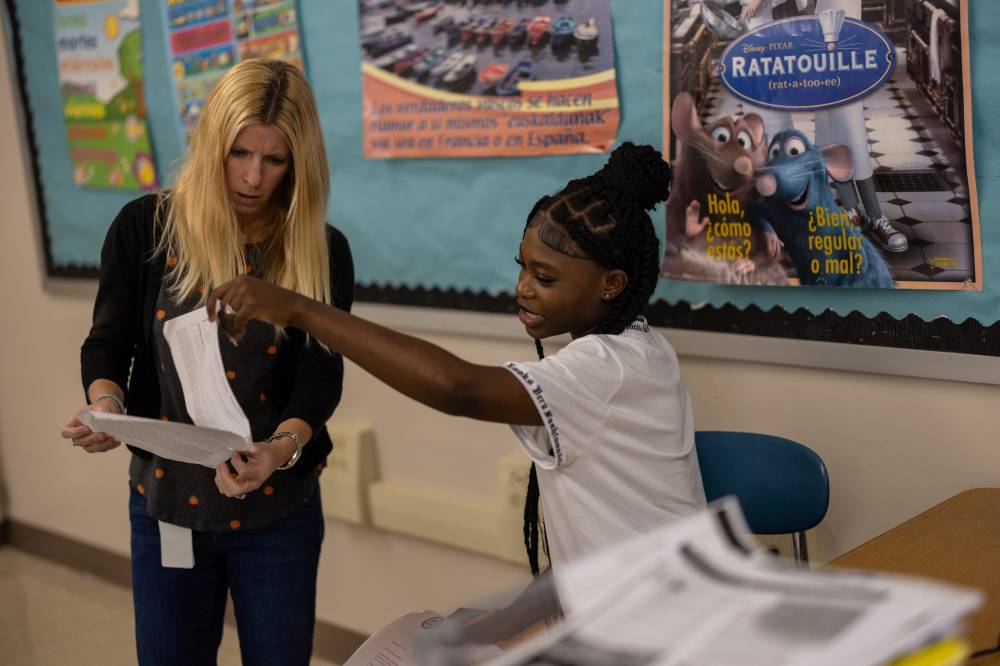
Harris “will build on those investments and continue fighting until every student has the support and the resources they need to thrive,” Harris campaign spokesperson Mia Ehrenberg said in a statement to Reuters.
White House spokesperson Angelo Fernandez Hernandez said the Biden administration has increased funding to address teacher shortages and requested $50 million in new funding to support English language learning.
Request for funds
In the Reuters survey, 17 districts said they requested additional state funds to help immigrant students.
Twelve of these districts reported receiving additional funds—including a district in New Jersey that said it still wasn’t enough to hire an ESL supervisor.
Ten districts said their teachers were not well-trained or received no training to meet the needs of new immigrant students, and 42 said they would welcome more training for teachers and administrators.
The training requests included how to teach kids who don’t speak English, how to approach different cultural norms and how to help kids recover from trauma.
“Anytime you have an unpredictable pattern of student enrollment all at once, the strain it creates on the system is tremendous,” Denver Public Schools Superintendent Alex Marrero wrote in his response.
Denver has seen a huge increase in migrant arrivals since 2023, in large part due to the state of Texas busing 19,200 people from the US-Mexico border to the Democratic-run city.
In addition to the language barriers and differences in educational backgrounds, the jump in arrivals “required our system to stand up processes across the city to not only communicate with families but also support them in getting their basic needs met in order to have students coming to school ready to learn,” Marrero wrote.
Still, 11 respondents said—unprompted—that the newcomers had enriched the school community, bringing new perspectives and resilience that other children could learn from.
Reuters, the news and media division of Thomson Reuters, is the world’s largest multimedia news provider, reaching billions of people worldwide every day. Reuters provides business, financial, national and international news to professionals via desktop terminals, the world's media organizations, industry events and directly to consumers.




















